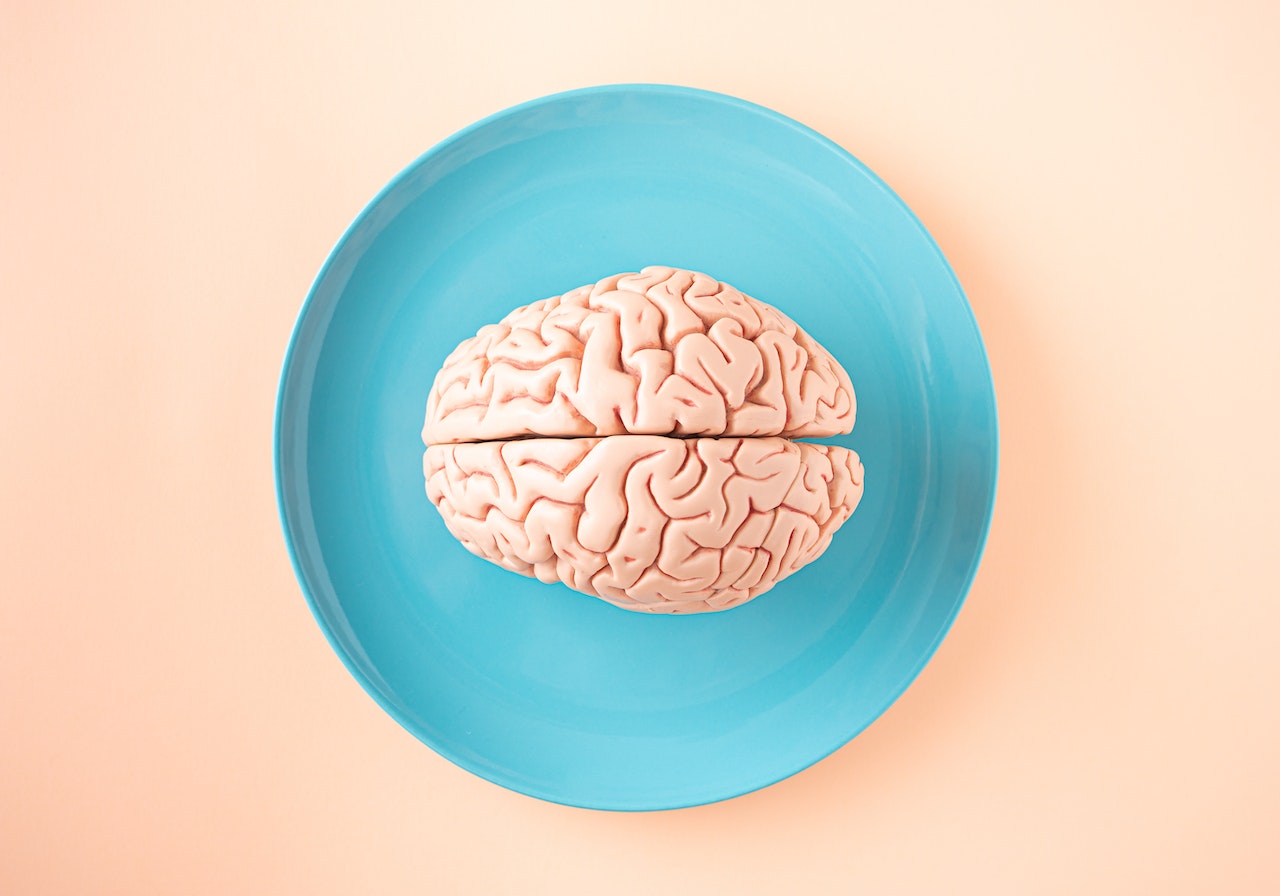We know the brain rewires neural pathways based on repetitive experiences and behaviours. As some theories suggest, if consciousness plays an active role in collapsing quantum potentials, directing awareness could physically reshape neurocircuitry.
For instance, through practises like mindfulness, visualisation, and affirmations, patients can break latent mental associations that sustain the pain and form new empowering configurations. Meditation could calm overactive threat detection signals and build pain regulation circuits.
Approaching pain with acceptance rather than aversion may lessen fight-or-flight responses and decrease sensitisation. Reframing self-talk could retrain habitual thought patterns that feed into the brain’s perception of pain. Yogic movement with conscious intent could rebuild sensorimotor mappings.
Some empirical studies hint at mind-matter links in pain relief. Placebo treatments demonstrate that perceived meaning, beliefs, and expectations can alter neurochemistry. Biofeedback and neurofeedback training provide evidence of voluntary physiological control via mental focus.
While currently unproven, if focused consciousness holds agency in probabilistic quantum processes, directed awareness could attenuate pain signalling by calming overloaded neurons on quantum scales. Patients may play a more active role through quantum observation.
Of course, exercising conscious control over quantum biological processes remains highly speculative. The brain’s neuronal complexity likely dampens direct macroscale quantum effects. And metaphysical concepts of consciousness acting on physics are controversial.
Still, exploring this possibility through interdisciplinary lenses may uncover fresh perspectives on leveraging neuroplasticity. Mindfulness, visualisations, and affirmations could be reframed as psychological tools and as methods for patients to actively recondition their neurology at quantum substrata.
While avoiding pseudoscience, a both/and approach considering subjective factors alongside objective physics could demystify techniques for chronic pain rehabilitation. Further research is needed to deepen our understanding of consciousness and its intricate embodiment.
while unproven, integrative models posit a role for consciousness in actualising neurobiology through quantum processes, focusing awareness with intent may hold latent potential for healing. Of course, bold conjectures require bold science to establish evidence. We must tread carefully when bridging neuroscience, metaphysics, and physics in the context of chronic pain.
For more information and to become an igh3p member, check out our website: www.igh3p.com/memberships.
Dr. Terry McIvor is the founder of the International Guild of Hypnotherapy,NLP and 3 Principles Practitioners and Trainers. (IGH3P)
IGH3P is a professional development body which develops the skills of coaches, Hypnotherapist and NLPers.
He is an educationalist of over 20 years experience and has been accredited as a STEM and Science expert at level 6 and 7 by the Office of Qualifications and Examinations Regulation (OFQUAL) in the U.K.
Dr. Terry is also an NLP trainer, Master Hypnotist, a qualified Hypnotherapist and 3 Principles Coach.
He is trainer for most of the leading hypnosis professional bodies in the U.S including IACT, ICBCH,IMDHA, and the Elman Institute,
Dr. Terry has set up his own accredited STEM school in the U.K. called AISR, it is through his academy he conducts his teaching and research.
Dr. Terry has entered into the realm of Metaphysical Philosophy. and is currently adapting metaphysical ideas of consciousness to train metaphysical( Quantum) coaches of the future.
Learn more at www.IGH3P.com. You can email him at registrar@igh3p.com






